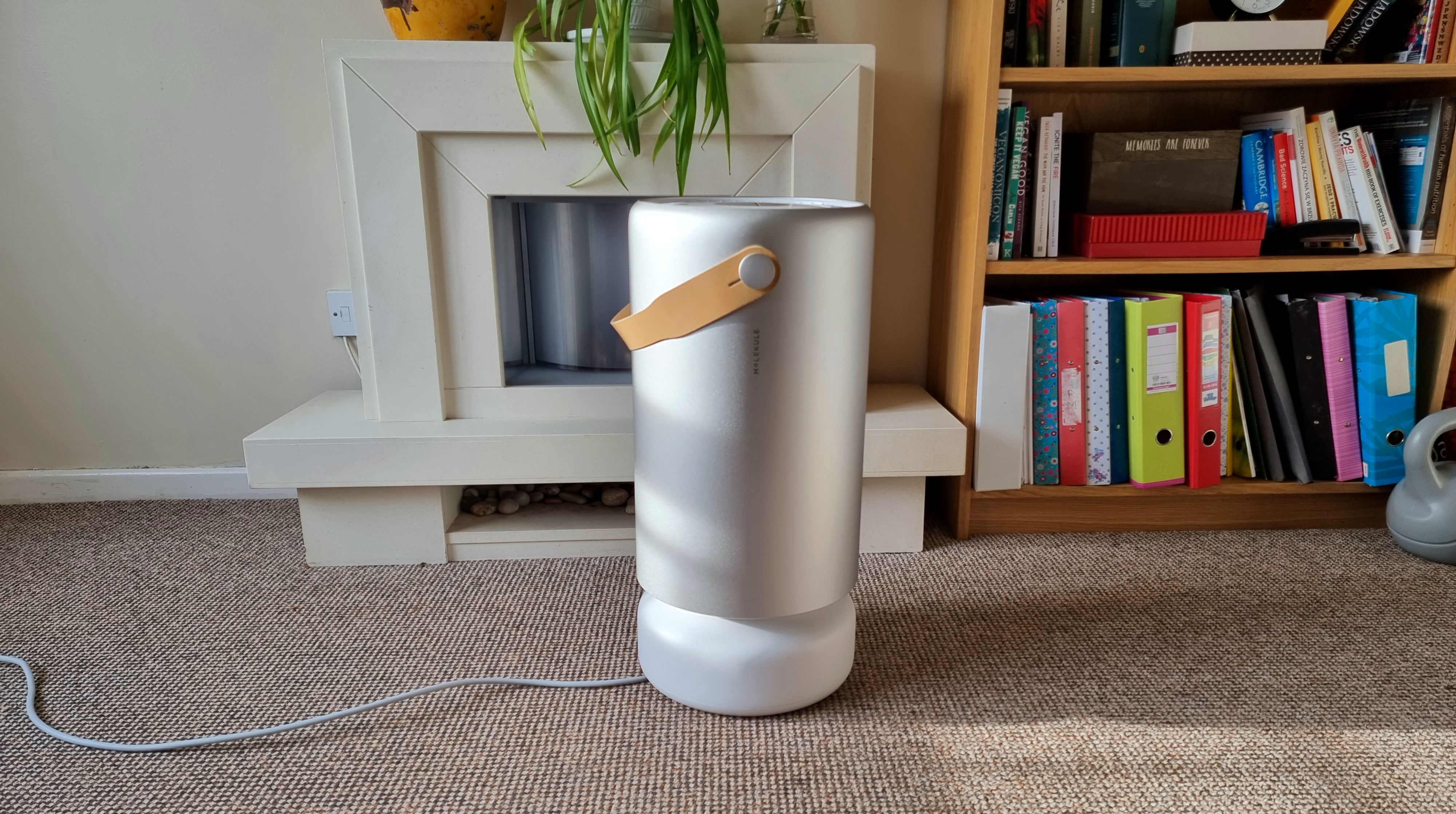JCM, Vol. 12, Pages 6812: Different Prognostic Role of Soluble PD-L1 in the Course of Severe and Non-Severe COVID-19
Journal of Clinical Medicine doi: 10.3390/jcm12216812
Authors: Francesco Sabbatino Pasquale Pagliano Carmine Sellitto Berenice Stefanelli Graziamaria Corbi Valentina Manzo Emanuela De Bellis Luigi Liguori Francesco Antonio Salzano Stefano Pepe Amelia Filippelli Valeria Conti
Understanding the link between COVID-19 and patient immune characteristics is crucial. We previously demonstrated that high levels of the soluble Programmed Death-Ligand1 (sPD-L1) at the beginning of the infection correlated with low lymphocyte number and high C-reactive protein (CRP), longer length of stay (LOS), and death. This study investigated whether sPD-L1 can be a prognosis biomarker during COVID-19. Severe and non-severe COVID-19 patients were enrolled at the University Hospital of Salerno. During hospitalization, at admission, and after 12–14 days, patients’ data were collected, and sPD-L1 levels were measured by enzyme-linked immunosorbent assay. The peripheral lymphocyte number negatively correlated with the time of negativization (p = 0.006), length of stay (LOS) (p = 0.032), and CRP (p = 0.004), while sPD-L1 positively correlated with LOS (p = 0.015). Patients with increased sPD-L1 and lymphocyte number showed a shorter LOS than those with decreased sPD-L1 and lymphocyte number (p = 0.038) and those with increased sPD-L1 and decreased lymphocyte number (p = 0.025). Moreover, patients with increased sPD-L1 and decreased CRP had a shorter LOS than those with increased sPD-L1 and CRP (p = 0.034) and those with decreased sPD-L1 and CRP (p = 0.048). In conclusion, while at an early phase of COVID-19, sPD-L1 promotes an immune escape, later, it might act to dampen an excessive immune response, proving its role in COVID-19 prognosis.

 6 months ago
19
6 months ago
19


